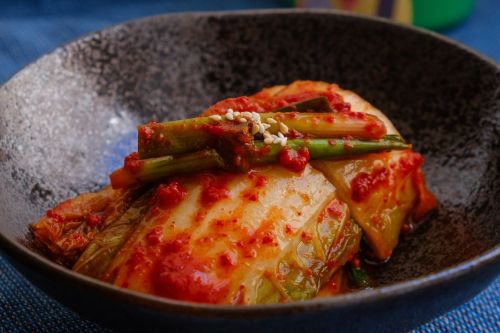17 facts about cocoa bean
Cocoa is a commonly used term for the seeds of the cocoa tree. Widely known and liked by lovers of chocolate and all chocolate sweets, as well as supp ...
Chocolate is one of the most popular foods and flavors in the world. It was already known 4 thousand years ago. The ancient inhabitants of today's Mexico believed it descended from the god Quetzalcoatl and attributed miraculous properties to it. They consumed it as a drink during religious rituals and used it as medicine. It came to Europe thanks to the Spaniards in the 16th century and was initially only introduced to wealthy courts. With the Industrial Revolution, when the chocolate press was invented in 1828, it started gaining popularity. Today, almost no one can do without it.











